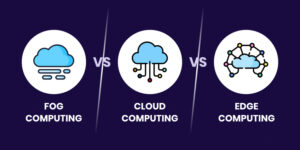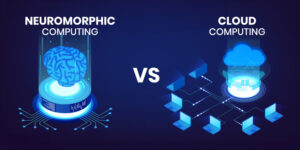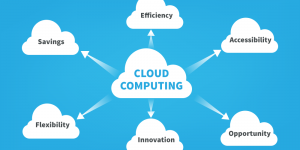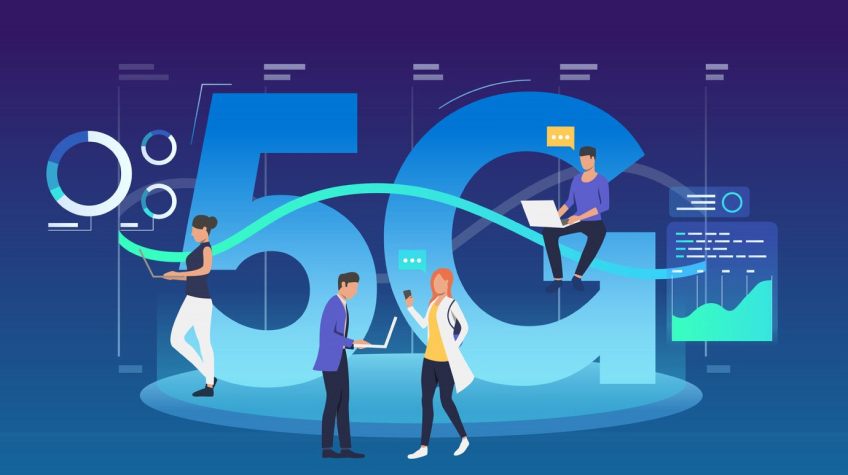
The rise of 5G is changing our approach to connecting with the digital world, providing quicker speeds, low latency, and multiple connections all at once. However, on its own, 5G may not be enough to unleash its full potential. This is where edge computing in 5G comes into play; it is a technology that moves computing closer to where it is needed the most, which is nearer the devices than faraway data centers.
The role of edge computing in 5G networks results in faster processing times, improved real-time responses, and smarter utilization of internet bandwidths. This has seen industries transformed because, together, they make self-driving cars, smart cities, and immersive virtual experiences possible while also enhancing data handling and transmission. For seamless integration and management of these technologies, 5G network orchestration is critical, enabling efficient coordination of network resources and ensuring optimal performance across connected systems.
5G and edge computing are game changers that allow industries to develop pioneering technologies and services that were previously imagined only in the future. The development of proper self-driving cars that can make instantaneous decisions upon receiving real-time data, smart cities where traffic and energy usage are controlled in real time, fully immersive augmented reality (AR) or virtual reality (VR) experiences—all these solutions driven by 5G are transforming our digital interaction habits.
These technologies are providing efficient data processing as well as changing the way information is delivered, hence creating more room for innovativeness in such sectors as health care, manufacturing, and entertainment, among others.
What is Edge Computing?
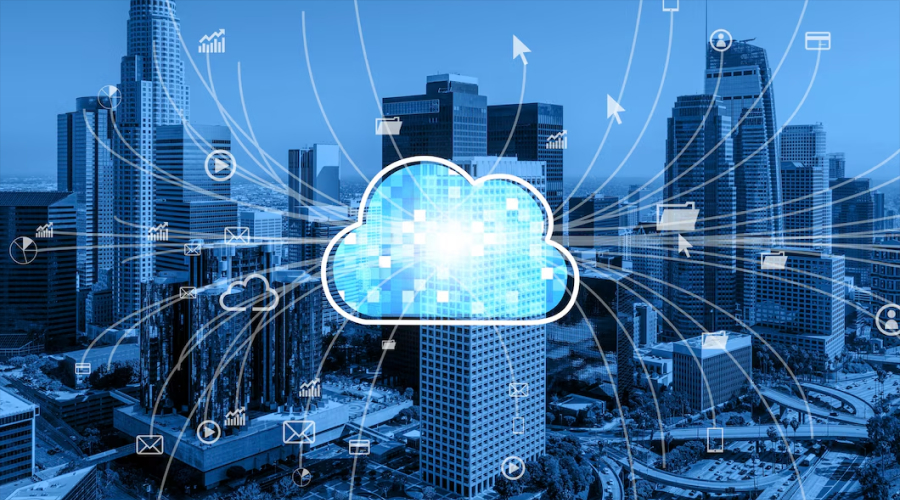
Edge computing signifies the act of conducting operations on data nearer to its origin rather than just depending purely on faraway cloud servers centralized in one location. The transfer of computing resources to the “edge” of the network diminishes latency, boosts performance, and enhances overall data processing effectiveness due to its proximity, often requiring efficient 5G network orchestration of devices and services across distributed environments.
In conventional cloud computing systems, information has to move from a client device to some distant data center where it is processed before being returned again, causing delays or possible strangulation points during its course. On the contrary, edge computing entails performing processes on information close enough, hence reducing long distances required for transmission and enabling quick decision-making as well as immediate responses.
Connection Between Edge Computing and 5G
The main reason to design 5G networks was to handle large amounts of data with quick response, which makes the 5G networks a perfect match for edge computing. By working together, they create an organization that makes available an infrastructure whereby it is possible to process data in real time, have higher bandwidths, and have more dependable connections, sometimes in high-traffic data zones. Let’s have a look at some key benefits of edge computing in 5G networks:
- Ultra-low Response: One of the best advantages of the 5G network is its potential of offering quick response. By including edge computing, the data is processed nearby, and this makes things even faster. This is important for tasks like driving cars, factory automation, and augmented reality, where every millisecond counts.
- Enhanced Network Efficiency: To process data on the edge is to relieve burden from the central cloud, thereby enhancing network efficacy. 5G networks can offload jobs to local nodes or edge devices; hence, optimizing bandwidth and curbing congestion is crucial, especially with the growing number of connected devices every day.
- Improved Data Security and Privacy: Moreover, edge computing secures sensitive data by keeping it nearby. It is very significant, particularly in health care or finance sectors where laws about privacy are too strict while losses from hacking can trigger major financial losses.
- Localized Content Delivery: Videos and games are always kept closer for technical reasons as they improve user experiences. This is vital, especially for industries that depend on real-time streaming, because even a slight delay can diminish user satisfaction.
Real-World Applications of Edge Computing in 5G Networks

The advent of 5G technology integrated with edge computing drives a multitude of new possibilities across industries, allowing for solutions that seemed impossible or unrealistic with prior network technologies.
- Autonomous Vehicles and Smart Transportation: The utilization of 5G and edge computing in the development of self-driving cars is one of its most promising applications. Such automobiles rely on real-time data processing from sensors and cameras to navigate safely. Critical data such as road conditions or traffic updates can be processed by the vehicles almost instantaneously using edge computing, thus minimizing latency and increasing the reliability of real-time decision-making.
- Smart Cities and IoT: The Internet of Things (IoT) is at the heart of smart cities, where sensors and devices communicate to manage resources like energy, traffic, and public safety. In such environments, 5G and edge computing provide the necessary infrastructure to process data from millions of connected devices locally, reducing delays and ensuring efficient city management. Applications like smart traffic systems, surveillance, and environmental monitoring can all benefit from this setup.
- Medical Services and Telematics: In health care, remote surgery is among the novel things that have been made possible by the combination of 5G and edge computing, where doctors can treat people who are far away through the use of robots. Such functions need exactitude; hence, this low latency plus fast data processing is facilitated by edge computing, for instance, in such applications. The scope of telemedicine includes highly interactive sessions using video interaction, thus leading to improved health results.
- Augmented Reality and Virtual Reality: With immersive technologies like AR and VR, the future of gaming, education, and entertainment will remain transformed. To have captivating experiences, there must be ultra-low latency with real-time rendering, which therefore means that 5G networks have to work together with edge computing. As a result, it allows for smoother exchanges, making these venues appear even more genuine, opening some possibilities like virtual teamwork, training simulations, etc.
- Industrial Automation and Manufacturing: It’s becoming more apparent as the fourth industrial revolution progresses; factories and production lines are more and more intertwined with automations executed by IoT devices, sensors, or robotics. On the other hand, edge computing is catered for real-time monitoring, analysis, and decision-making within a factory at ground zero so as to minimize delays and facilitate immediate reactions to variations in circumstances. When combined with fifth generation (5G), it results in manufacturing processes that are effective, secure, and affordable.
The Future of 5G and Edge Computing
The deployment of 5G networks around the world will lead to faster proliferation of edge computing. This will give rise to newer applications that will need data processed almost instantly, such as those afforded by 5G and edge computing.
The prediction is that before 2025, there shall be over one billion devices that will use 5G networks; hence, edge computing would be essential in making sure that it doesn’t lose its efficiency in terms of speediness or reliability. This combination is likely to transform our means of living together with how we communicate technologically via artificial intelligence (AI), robotics, smart homes, or even connected automobiles, among other things.
Conclusion
The inclusion of edge computing in 5G networks signifies a fundamental reorientation in data processing and delivery. For instance, when you bring computing power closer to the end-users, edge computing improves performance, security, and scalability of 5G networks, hence allowing a diversity of transformative applications across industries. The union of 5G and edge computing is likely to trigger another wave of technological advancement as well as redefine our digital destiny, starting from smart cities through autonomous vehicles all the way to healthcare and immersive virtual experiences.



